Edible Flowers Enliven a Garden
Mixing tasty blossoms into your beds will spice up your palate as well as your landscape
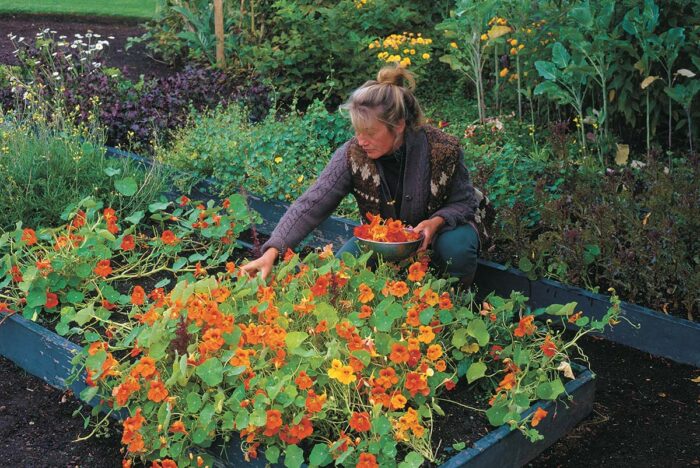
As a boy in Vancouver, British Columbia, Sinclair Philip ate sandwiches of cream cheese mixed with nasturtium blossoms, not for the color but for the flowers’ peppery flavor. His taste for blooms only grew and now is reflected in the collaboration of chefs and gardeners amid the pretty foliage surrounding the inn he and his wife, Frédérique, opened 20 years ago on the southwestern tip of Vancouver Island.
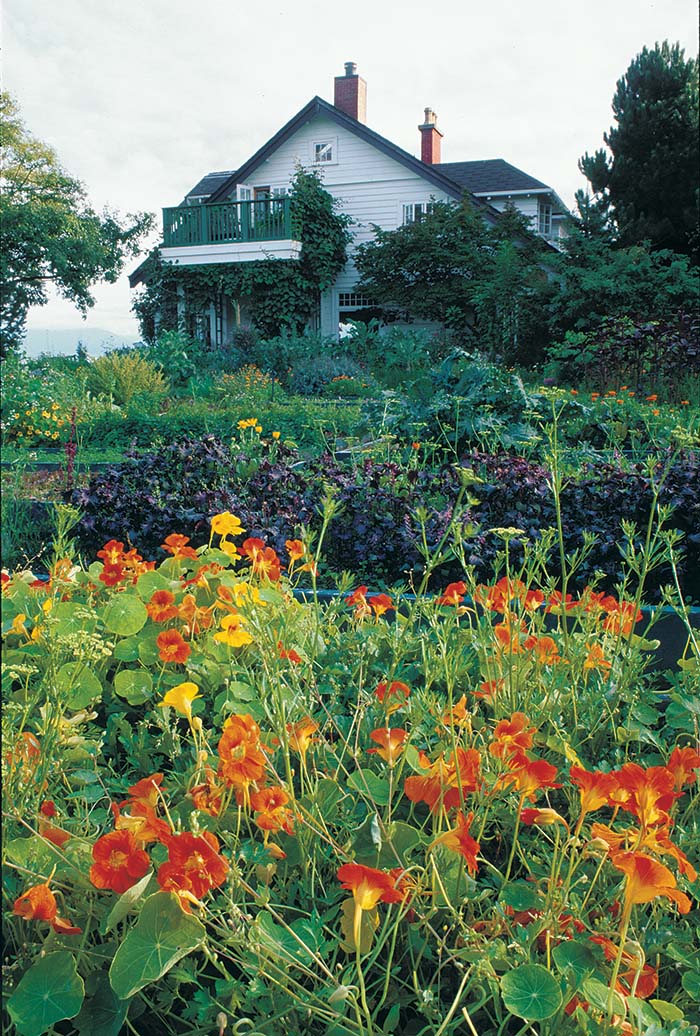
The garden at Sooke Harbour House has many different parts, which change regularly as the owners pursue new ideas. The gardeners pack in the plantings wherever they can find room. They use raised beds, the slope down to the rocky beach, and the sides of buildings for climbing plants. Hundreds of edible plants grow on the 2-acre site. The edible flowers are especially delightful and are part of what distinguishes the inn’s cuisine. But not just any edible flower will do. The Philips want only flowers that really taste good.
Certain flowers can be grown as real food
One of the most common edible flowers in the Sooke Harbour House garden is the nasturtium. Byron Cook, the head gardener, grows them in raised beds, but they self-seed and can be found in many places on the property. Cook keeps the plants well supplied with water. If they dry out and come under stress, they start to set seed. Varieties of nasturtiums are available that can be grown close to the ground or trellised. The flowers go into salads and bread for their color and peppery taste. They are also added for a last-minute infusion of flavor to cooked sauces. The round leaves serve as salad greens and make a fine wrapper for steamed halibut cheeks. For use as a wrapper, it’s helpful to have large leaves. Cook said that raising the nasturtiums in shade causes the leaves to grow larger to catch more light.
The tuberous nasturtium is similar to the nasturtium. The flower’s colors are orange and burgundy, but its shape is tubular instead of flat. It also has a peppery taste, but when cooked it turns mildly sweet and almondy. The plants grow from edible tubers, which can swell to the size of an egg. The tubers are usually ready to harvest in December. Those that aren’t eaten are pulled up and stored in the sand for replanting in spring. In cooking, the tubers can be mashed for a yamlike dish or sliced and baked as chips.
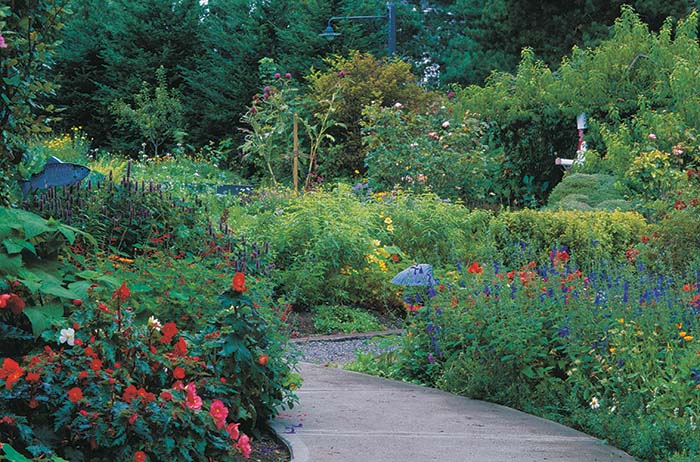
The garden includes three sages that produce marvelous flowers. Cook grows Gentian sage from seed, which he starts every year in the greenhouse. The plant produces a deep-blue bloom that has a mild sage flavor but is slightly sweet. It is used chiefly as a garnish. Pineapple sage and Honeydew Melon sage are quite similar in appearance. Their flowers form delicate red tubes. The plants deliver the scent and flavor of pineapple and melon. They are used to flavor ice cream and sorbets and sometimes go in salads. But while the Honeydew Melon sage blooms steadily through the season, the flowering of the Pineapple sage is unpredictable. Some years the blooms have appeared in October and other years not until December. The plants, which can grow 6 feet tall and spread by sending out runners, normally are hardy in Zone 8 gardens like the one at Sooke.
Borage, a vigorous self-seeder, produces an iridescent, star-shaped bloom that tastes a little like cucumber. The plant, which can grow large and overtake other plants, grows in many places around the garden. Cook said he has never had to plant any.
Many tuberous begonias grow on the grounds at Sooke. In early March, Cook pulls the tubers out of cold storage and gets them started in the greenhouse. He moves them outside in late May to warm, shady spots under trees or near buildings. They bloom throughout the season. Sometime before the first frost, the tubers should be dug out of the ground, with the stems intact. They should be stored in a dark place at a temperature of 35° to 40°F. But at Sooke, the stems are usually cut off and juiced for vinegar or sauces. The flowers are edible as well and add tartness to food. Their use is similar to that of French sorrel, except they provide a purple-crimson color.
When it comes to flowering, nothing tops calendula. It blooms almost all year. Cook grows mostly the orange-flowered variety. There are hybrids of many different colors, but he has found they are not as vigorous. Calendula self-seeds and requires no care. The petals, which are bitter, must be bruised to release their color. They garnish salads and also provide coloring. Calendula was once considered a poor man’s saffron.
Notable varieties of edible flowers to try
Tips for keeping a garden filled with edible flowers
Edible flowers that have been used at Sooke include pansies, violas, tulips, and roses. The uses of some resulted from extensive study, while the value of others was discovered by chance. For example, one of the chefs found that ice cream was taken up in the veins of tulip petals, making them tasty and sweet.
In every case, though, those seeking to eat flowers must make very sure they are indeed edible. Then they must decide if the flowers are worth eating. For example, you will see a few hollyhocks at the Sooke garden. But attractive and edible as the flowers are, they aren’t cultivated because they aren’t tasty. Cook calls hollyhock flowers beautiful tissue paper.
The climate at Sooke is ripe for gardening. The winter, mollified by the Pacific air, rarely turns harsh, though challenges do arise. It can snow, and sometimes heavily. But the diverse garden is bothered little by pests. The flowers aren’t grown to attract beneficial insects or deter bugs that prey on plants. And Cook said he does not plant edible flowers to achieve any special color scheme or garden design. He plants where there’s room and where the plants will thrive.
He doesn’t try to push the flowers beyond their season. The chefs use them as they come: flowers such as pansies and calendulas early in the season; nasturtiums, begonias, and wild roses toward the middle; and the sages late.
Chefs frequently arrive in the garden with their list of ingredients. “I can’t make it happen tomorrow,” Cook must sometimes say. “You need to give me about a year’s lead time.” At times, the gardeners simply can’t deliver. “If it’s not ready, you can’t have it,” Cook says. The chefs, an agile crew, understand this basic ingredient of cooking à la Sooke.
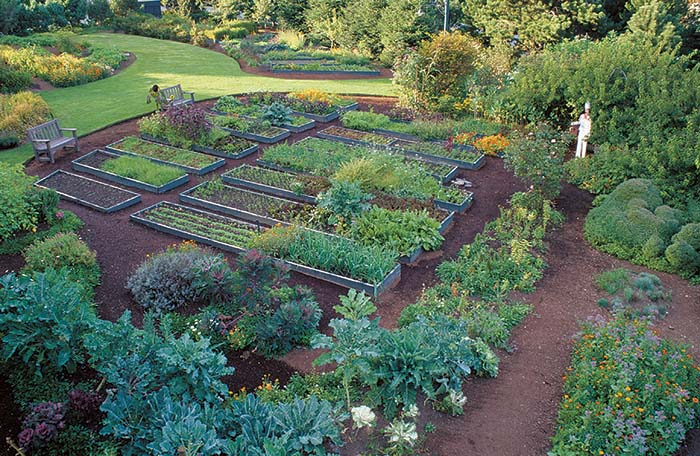
The article originally appeared in Kitchen Gardener #22.
Fine Gardening Recommended Products

ARS Telescoping Long Reach Pruner
Fine Gardening receives a commission for items purchased through links on this site, including Amazon Associates and other affiliate advertising programs.

Gardena 3103 Combisystem 12-Inch To 20-Inch Adjustable Metal Fan Rake Head
Fine Gardening receives a commission for items purchased through links on this site, including Amazon Associates and other affiliate advertising programs.






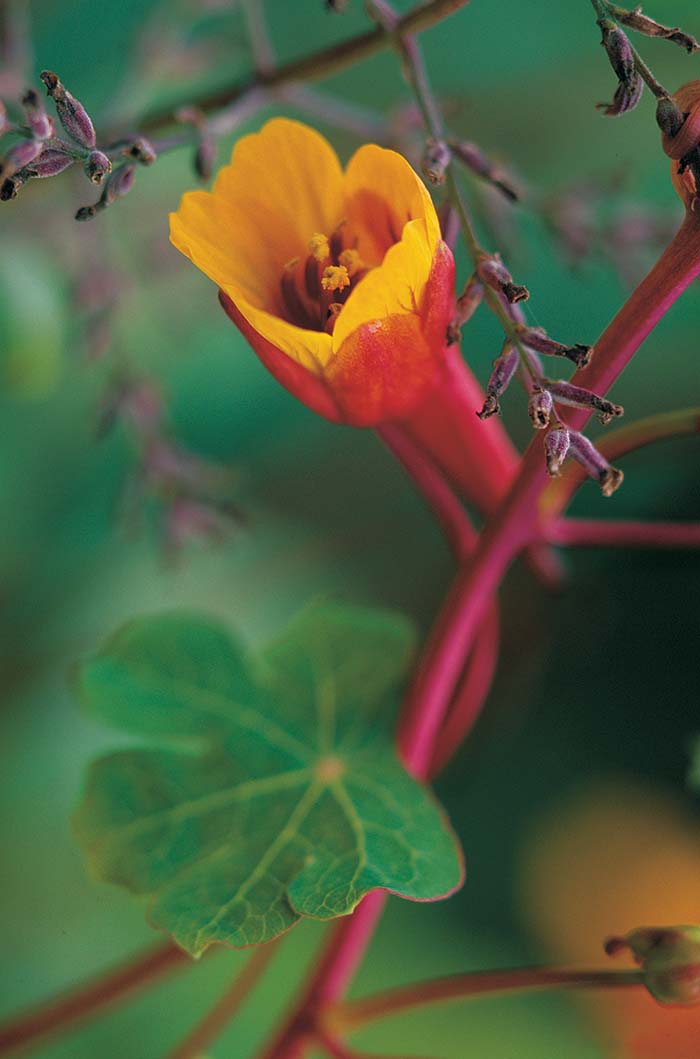
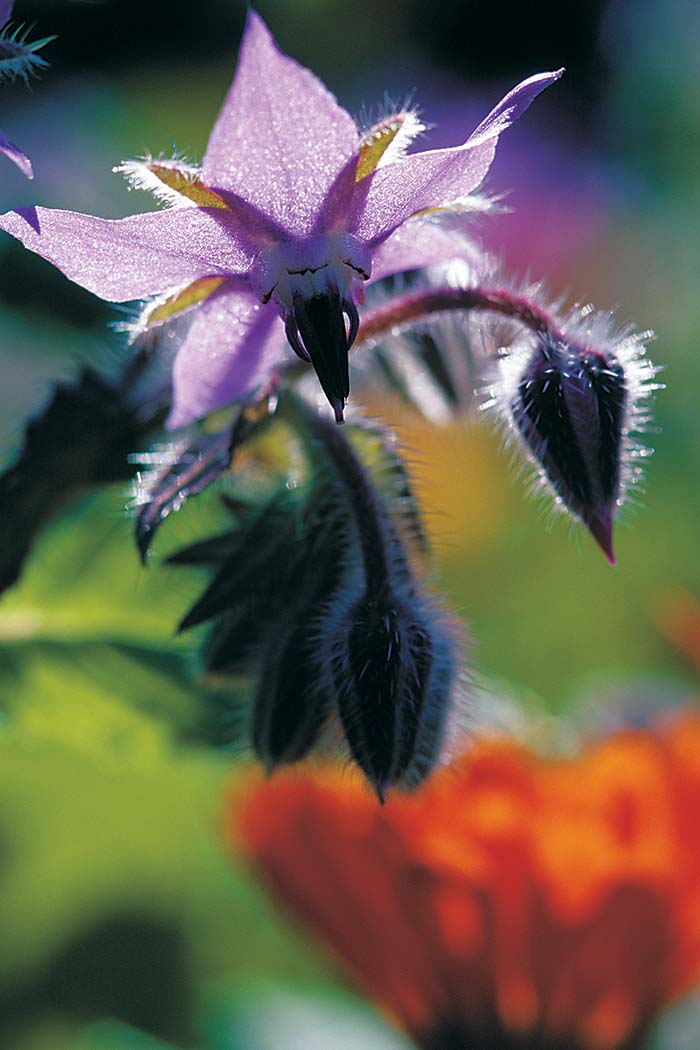




Comments
Log in or create an account to post a comment.
Sign up Log in